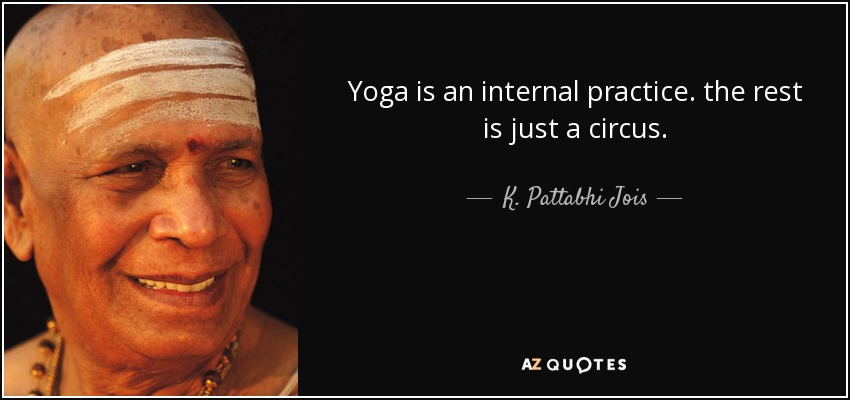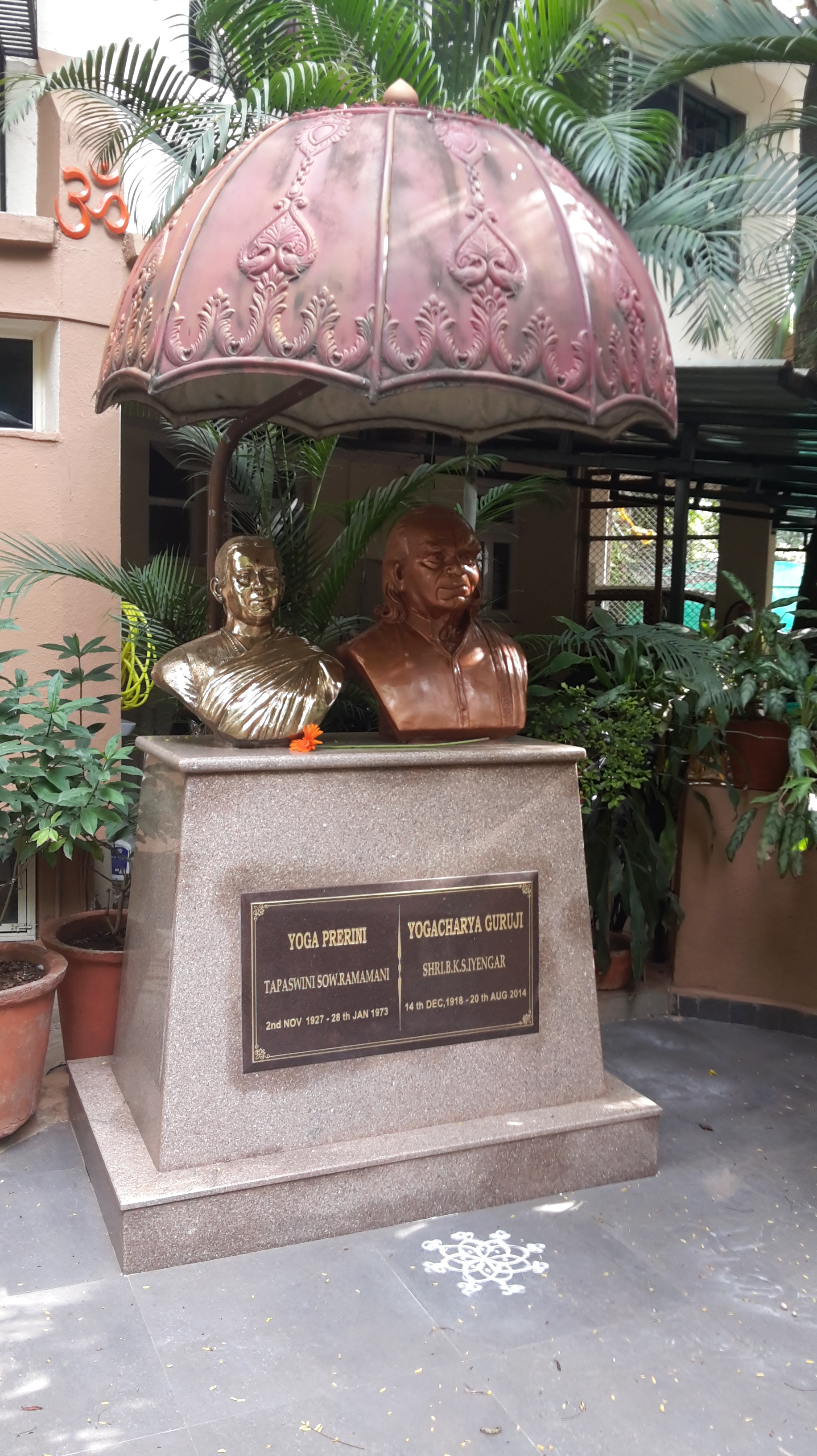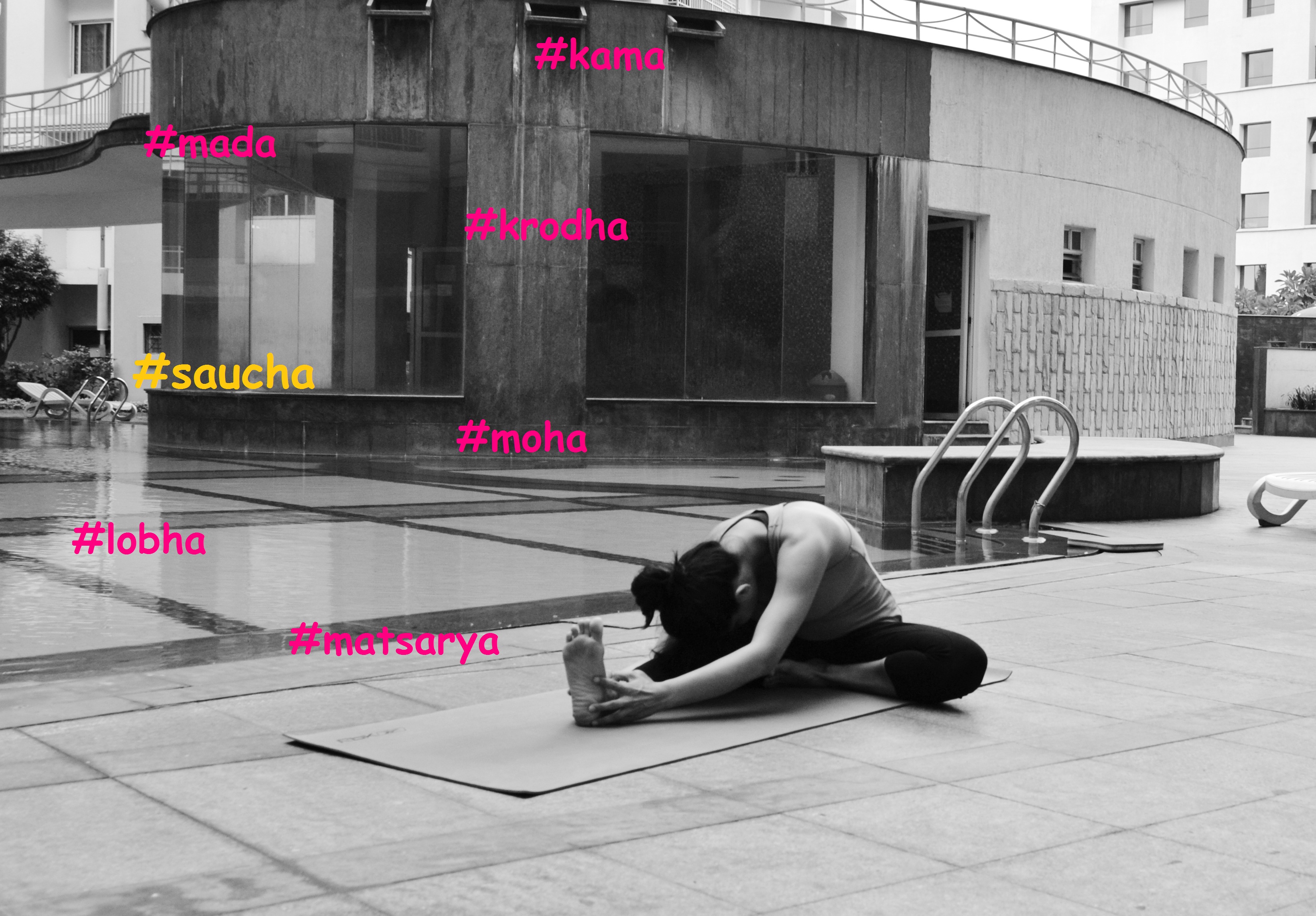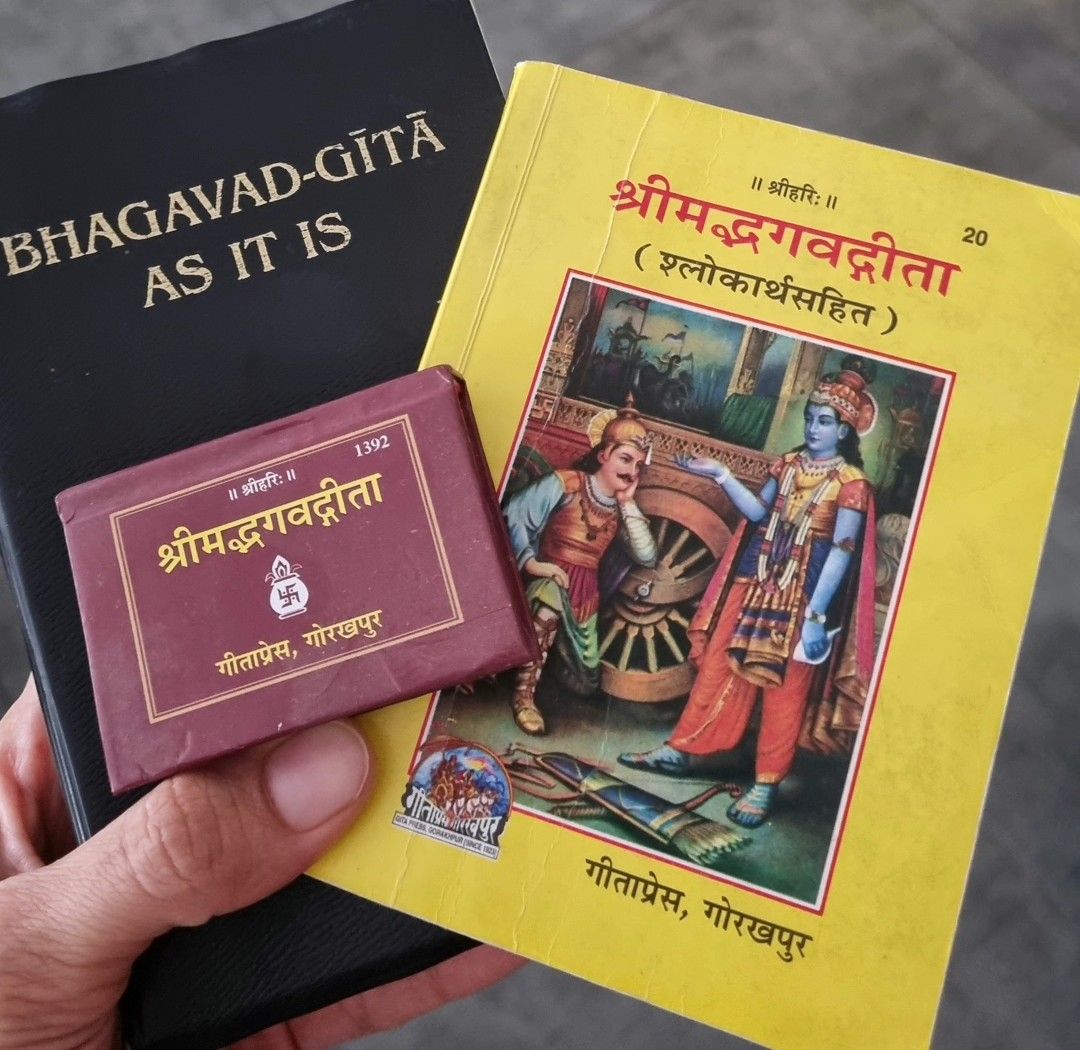
Missing my Sunday runs around the Ulsoor Lake.
I’ve been working on completing assignments for my MSc. The one I’m working on now is about happiness and man’s quest for it.
Lately more and more people reach out to me to discuss how to feel better rather than look better. They are interested in the mental and emotional benefits, rather than the physical benefits of yoga.
According to the Upanishads all beings (humans and animals) are instinctively attuned to sukha prapti (to gain happiness) and dukha niviritti (to overcome the misery). It’s this instinct that drives us. A penthouse, a limited edition car and an exclusive gym membership are the stuff dreams are made of, yet happiness still eludes us. Retail therapy isn’t getting us any closer to sukha prapti.
Psychosomatic conditions are rising at an alarming rate. We’re buying more than ever before but we’re also more sad. If only it was possible to buy away depression. We pin our hopes for happiness on objects of enjoyment and come away disheartened.
The Upanishads dealt with this question centuries ago. They state that man is in search of Reality and Happiness. This search yields answers to question such as the meaning of life, the goal of life and truth. It can drive away existential angst.
So whether it is eating gulab jamuns, getting the latest mobile phone or going on an expensive vacation, we want these because we feel these fulfill a deep seated need within us.
As my Vedas professor lectured: Whether it is eating gulab jamuns, getting the latest mobile phone or going on an expensive vacation, we want these because we feel these fulfill a deep seated need within us. We also want promotions, awards and praise. But the 50th gulab jamun doesn’t taste as good as the first one. The mobile phone loses it’s charm when the next version comes out. A vacation ends. And the desire for awards and promotions is never ending. Happiness is not in the gulab jamun or the mobile phone. Happiness shouldn’t be ephemeral like a vacation.
If only we could prolong the feeling of gastronomic delight of that first gulab jamun, of the excitement of the penthouse and car. Meditation is nothing but the prolonging of that state of bliss. Our happiness is always in response to an external event or object, and so it disappears in the absence of that stimulant. The Upanishads liken bliss to the musk of the musk deer. The deer searches the entire forest for the source of the glorious scent, and ultimately finds that he is the origin. Similarly, our happiness may be stimulated by something external, but the origin of the bliss is within us and therefore always accessible. To connect with this bliss you need to silence the citta vritti (the fluctuations of the thoughts in the mind).
The Upanishads have stated that yoga (beyond just the asanas) is the solution. The Gita states: yoga citta vritti nirodah. Yoga is the cessation of the fluctuations of the thoughts in the mind. When the fluctuations cease, silence pervades. And through this silence you can discover your bliss.
Happiness according to Vedic texts
Taittiriya Upanishad: When speech recedes and the mind reaches not there, one realizes Ananda, the Brahman; there he fears not.
Bhagvad Gita: Mind calmed down, sinless, all passions subdued, the Yogi establishes himself in the state of Brahman, the Supreme happiness.
Brahma Sutra: Brahman is Ananda, as repeatedly emphasized in the Upanishad.



